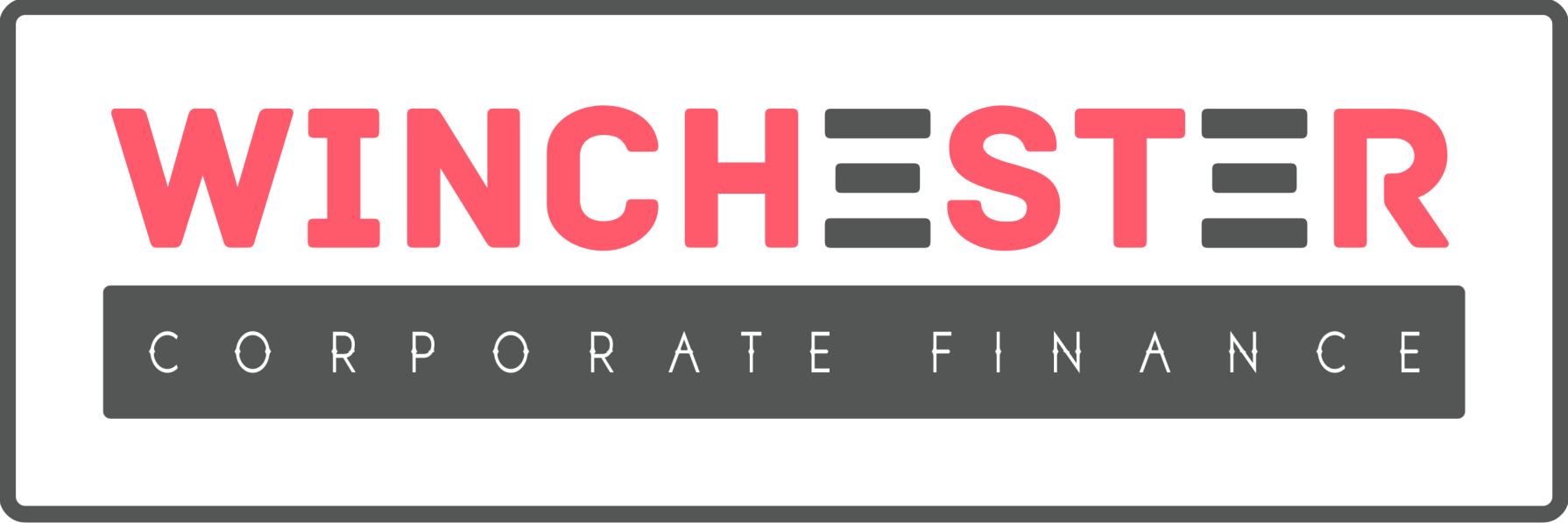Asset Finance
Asset finance offers a flexible lending agreement for businesses to access new assets without outright purchases or releasing funds from existing assets. It provides immediate use of assets with structured repayments over time, preserving capital and promoting growth.

How does it work and will asset finance help my business?
Asset finance provides a solution for accessing new equipment or vehicles through hire agreements, with the option to purchase the asset at the end of the contract. It also enables you to unlock the cash tied up in your existing business assets. By leveraging your collateral, such as property or land, you can access capital that was previously tied up.
Common types of business asset finance include equipment leasing, finance lease, and hire purchase agreements. These options allow you to acquire additional assets, such as plant machinery, vehicles, and equipment, through hire arrangements, with the opportunity to purchase them at the end of the agreement.
Asset finance offers a cost-effective solution for acquiring new equipment or machinery for your business. Instead of making a large upfront payment, asset finance allows you to spread the cost over a predetermined period. The asset lender purchases the asset, and your business pays a monthly fee during the agreed term, making it more affordable and reducing the strain on your cash flow.
With short-term asset finance, you can acquire the necessary assets without compromising your cash flow. This financing option allows your business to access the equipment it needs while maintaining financial flexibility.
Launch your business
Gain a competitive edge and drive your business to success with asset finance. This cost-effective solution avoids the financial burden of purchasing commercial equipment, vehicles, or machinery. Alternative funding providers specialise in business asset finance, allowing SMEs to access the latest equipment without facing significant cash flow challenges.
Whether you require a new tractor, gym equipment, or state-of-the-art laser hair removal machine, asset finance makes acquiring new assets more affordable across various industries.
Typically, the cost of equipment is spread over its lifespan through short-term asset finance options such as hire purchase and equipment leasing. Operating leases are also available, offering equipment rental without the option to own it once the contract ends. Additionally, asset refinancing presents an opportunity to unlock funds tied up in existing assets.
Amplify your business
Asset finance provides a short-term funding solution that amplifies business cash flow, covering everyday operating expenses. The benefits of using asset finance include; being secure, and flexible and ultimately the loan is being taken out on already owned items. Pay running costs like employee wages and supplier invoices or fund expansion plans with ease, update existing equipment, or purchase new machinery through asset finance. Any type of UK business including small startups and large multinational corporations can access asset finance.
What can Asset finance be used to fund?
Asset finance can be used to fund liquid assets shown on your business's balance sheet and can easily be converted into cash. Soft assets, like fixtures and fittings, materials, computer software and security equipment can be financed through asset funding. Larger items or hard assets such as office furniture, machinery, vehicles, equipment and buildings, can also be financed through asset funding. However, they tend to have a resale value at the end of the purchase term.
Asset finance typically allows for repayment over a period of one to seven years, with an agreed-upon interest rate. In cases where the asset being financed is particularly expensive, the term of the finance can be extended to ensure manageable repayments for the business. The duration of the asset finance term is also influenced by the expected usage period of the asset and the repayment criteria set by the lender.
"Winchester Corporate Finance: Your partner in finding the ideal repayment terms and connecting you with top asset finance providers."
The main types of Asset finance
There are two main types of funding within asset finance. The first is borrowing to access additional assets, and the second is secured lending against existing business assets. Within these broader categories, the main types of asset-based finance include:
Hire Purchase
Hire purchase (HP) is a widely preferred form of asset finance, allowing businesses to spread the cost of equipment purchase over an extended period.
With a hire purchase agreement, you can acquire the equipment immediately and repay the borrowed amount through monthly instalments, enabling you to manage the cost of the purchase over time. Once the loan is fully repaid, you become the outright owner of the asset.
Hire-purchase agreements are particularly beneficial for sectors that rely on the continuous maintenance of costly machinery. Industries such as engineering, construction, and manufacturing often find this type of finance advantageous for their business needs.
Operating Leases
An operating lease is a type of contract hire that offers a short-term rental agreement without the ownership of the equipment. In an operating lease, the lender is responsible for maintaining the equipment, and at the end of each term, the equipment is typically returned and made available for loan to other businesses.
Operating leases can be a cost-effective asset finance option as you are not required to pay for the full value of the equipment. This can result in lower monthly payments compared to other forms of asset finance. It allows businesses to access the necessary equipment without the long-term commitment of ownership.
Asset Refinancing
Asset refinancing is a valuable option for unlocking capital tied up invaluable business assets such as property, land, or equipment.
Also known as capital release, asset refinance allows you to borrow funds based on the value of your asset, which serves as collateral for the loan. In the event of non-payment, the lender can claim the asset to recover the outstanding amount.
Asset refinancing provides flexibility, and there are various financial products tailored for this type of lending. It's crucial to note that the asset being refinanced should be essential to your business operations for this option to be viable.
Equipment Leases
Equipment leasing finance is another form of asset-based finance. equipment leasing allows you to use the equipment immediately while spreading the cost over an agreed period. The difference between Equipment leasing and hire purchase leasing is that you will not necessarily own the equipment at the end of the term. Alternatively, the equipment lease agreement may be extended, the equipment could be purchased outright (after factoring in what has already been spent), upgraded on a new lease or simply returned. The big advantage of equipment leasing is flexibility. At the end of the agreed term, you can upgrade or change your purchase according to your business needs. Whether you need a larger vehicle, more of the machinery, or simply access newer technology available. It is however important to think about the timeframe when taking on equipment leasing, you don't want to make repayments on assets, not in use.
Finance Leases
A finance lease agreement is where the asset finance company buys the asset for the lessee while remaining the legal owner of the asset for the complete duration of the finance lease agreement. Generally, the risk of ownership of the asset has been transferred to the lessee and it will appear as such so that on the balance sheet the outstanding rental will be highlighted as a liability. At the end of the term of a finance lease agreement, the asset can either be written down to zero or set to estimated market value. Depending on the business's requirements occasionally at the end of the term, a secondary smaller lease agreement is offered by the finance company that funded the original lease agreement. A capital leases benefit is the depreciation allowing to expense assets initially quicker, instead of over the entirety of the lease agreement.
Depending on how your business operates highlighting a leased asset as a monthly expense (instead of an owned asset on your business balance sheet), can be a tax-efficient accounting method. Other leasing options include insurance benefits like breakdown cover and service plans, vitally keeping your business working. These benefits minimise maintenance costs and the risk of possible significant downtime. Your business accountant will be able to consult you on the best arrangements to treat tax for your business.
Email: hello@winchestercf.com
Tel: 01243 786258
5A
East Pallant
Chichester
P019 1TR
